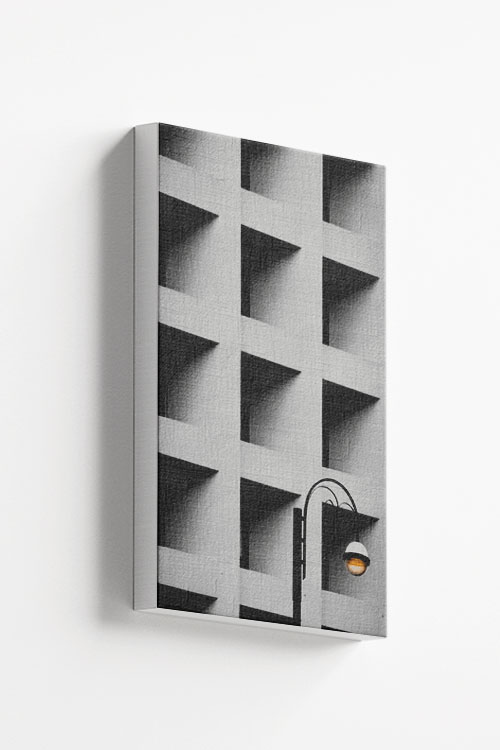
Cool and awesome photography of modern architecture. A trendy canvas that will instantly help you create a minimalist room. The beauty of this art is that it can also easily blend with your furniture pieces and other decorative items.

Cool and awesome photography of modern architecture. A trendy canvas that will instantly help you create a minimalist room. The beauty of this art is that it can also easily blend with your furniture pieces and other decorative items.
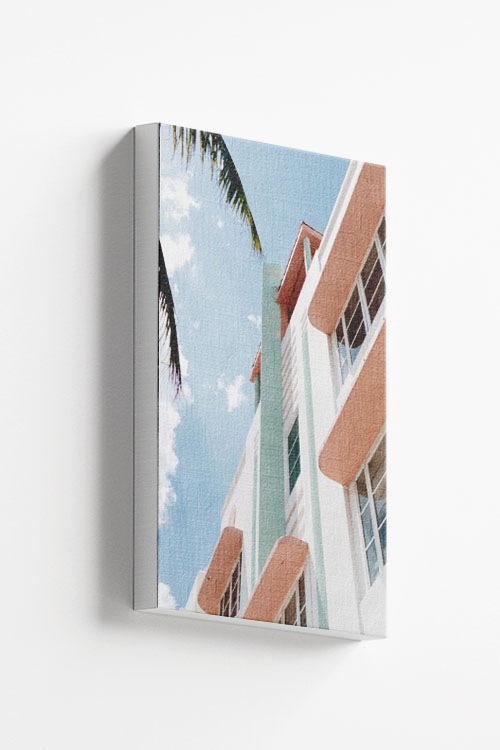
Architecture in pastel colors. A lovely canvas that will add life to your home. The colors are simply impressive and will make any room visually vibrant and stunning. Display this with other prints in different sizes and you will have cool and wonderful wall art.
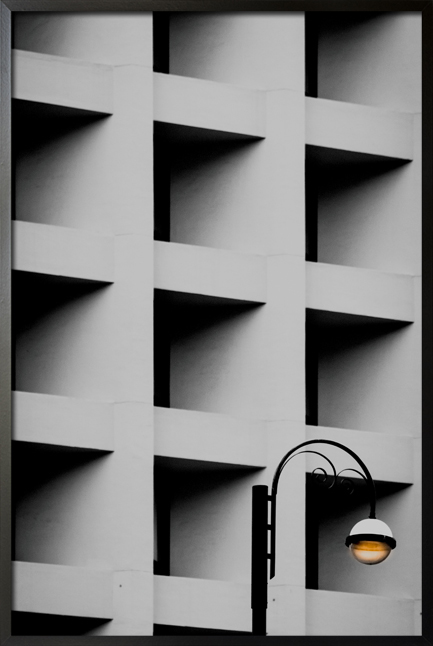
Cool and awesome photography of modern architecture. A trendy poster that will instantly help you create a minimalist room. The beauty of this art is that it can also easily blend with your furniture pieces and other decorative items.
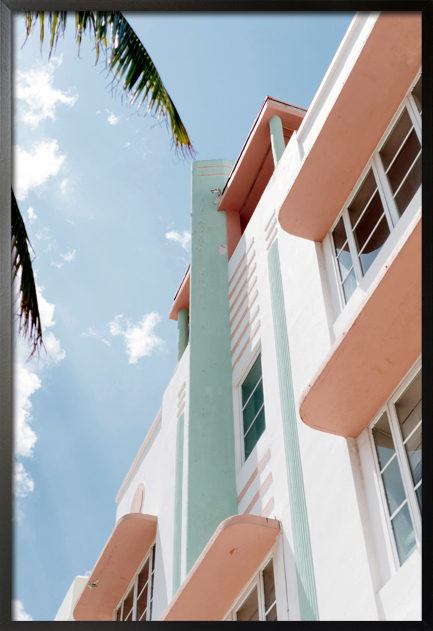
Architecture in pastel colors. A lovely poster that will add life to your homes. The colors are simply impressive and will make any room visually vibrant and stunning. Display this with other prints in different sizes and you will have cool and wonderful wall art.

Cool and awesome photography of modern architecture. A trendy poster that will instantly help you create a minimalist room. The beauty of this art is that it can also easily blend with your furniture pieces and other decorative items.

Architecture in pastel colors. A lovely poster that will add life to your homes. The colors are simply impressive and will make any room visually vibrant and stunning. Display this with other prints in different sizes and you will have cool and wonderful wall art.
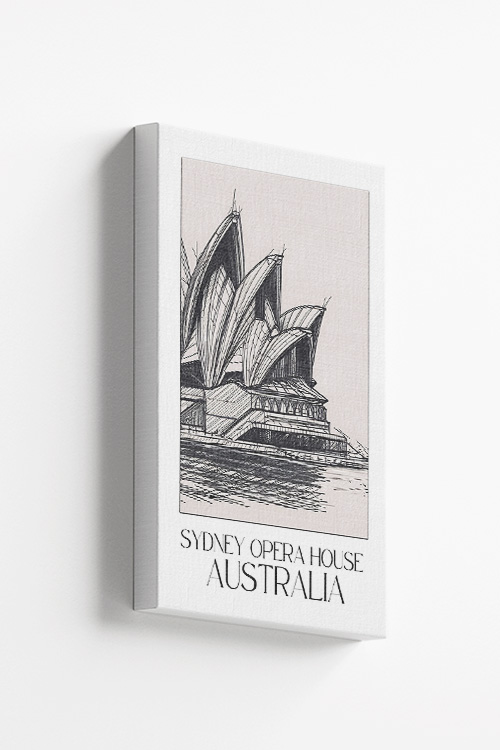
This Sydney Opera House sketch art print is just what you need! Created in a unique sketch style, this art print captures the iconic beauty of the Sydney Opera House in a fresh and modern way. Whether you’re a fan of architecture, travel, or just love a good piece of art, this print will make a statement in any room. So why wait? Bring a piece of Sydney’s famous landmarks into your home today with this stunning sketch art print!
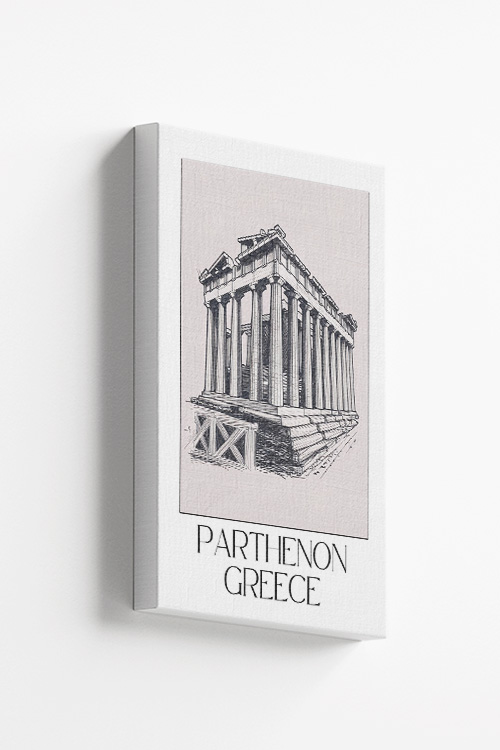
Capture the majestic beauty of the Parthenon in Greece with this stunning sketch art print. The intricate details and architecture of this iconic landmark are brought to life in this unique piece, making it a must-have for any art lover or history buff. Hang it in your living room or office to add a touch of sophistication and culture to your space.
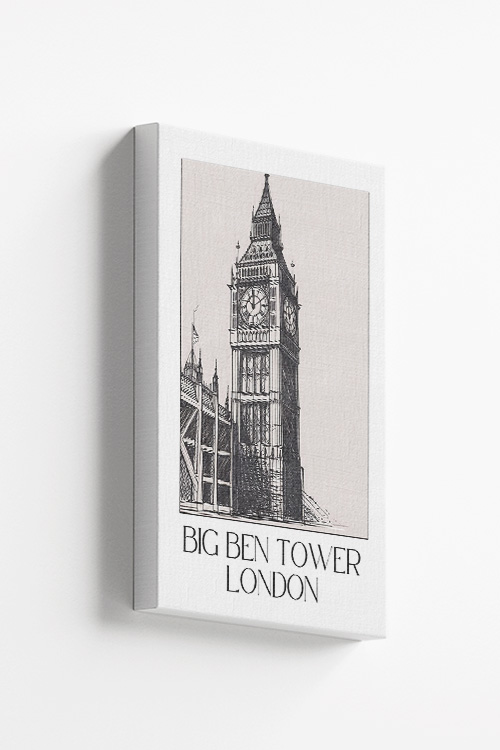
Bring a piece of London’s iconic skyline into your home with this charming Big Ben Tower pencil sketch art print. The intricate details of the famous clock tower are captured in stunning black and white, adding a touch of sophistication to any space. Perfect for fans of architecture, history, or those who simply love the city of London, this print is a must-have for any art lover’s collection. Add a touch of elegance to your decor with this timeless piece that will transport you to the bustling streets of London every time you glance at it.
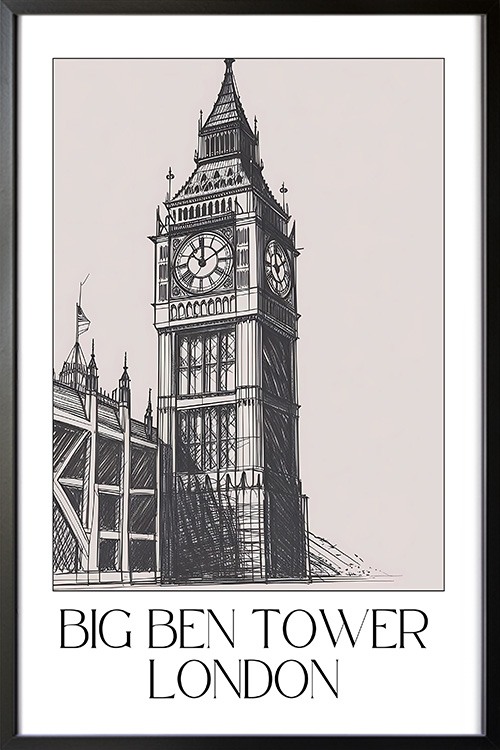
Bring a piece of London’s iconic skyline into your home with this charming Big Ben Tower pencil sketch art print. The intricate details of the famous clock tower are captured in stunning black and white, adding a touch of sophistication to any space. Perfect for fans of architecture, history, or those who simply love the city of London, this print is a must-have for any art lover’s collection. Add a touch of elegance to your decor with this timeless piece that will transport you to the bustling streets of London every time you glance at it.